
What is the Impact of Eco Friendly Cosmetic Packaging on the Environment
In recent years, the beauty industry has witnessed a significant shift towards sustainable practices, with "Eco Friendly Cosmetic Packaging" emerging as a critical focus area. The choice of packaging not only reflects a brand's commitment to environmental responsibility but also influences consumer purchasing decisions. As awareness about the detrimental effects of plastic waste and non-biodegradable materials grows, both consumers and manufacturers are seeking innovative alternatives that minimize ecological footprints.
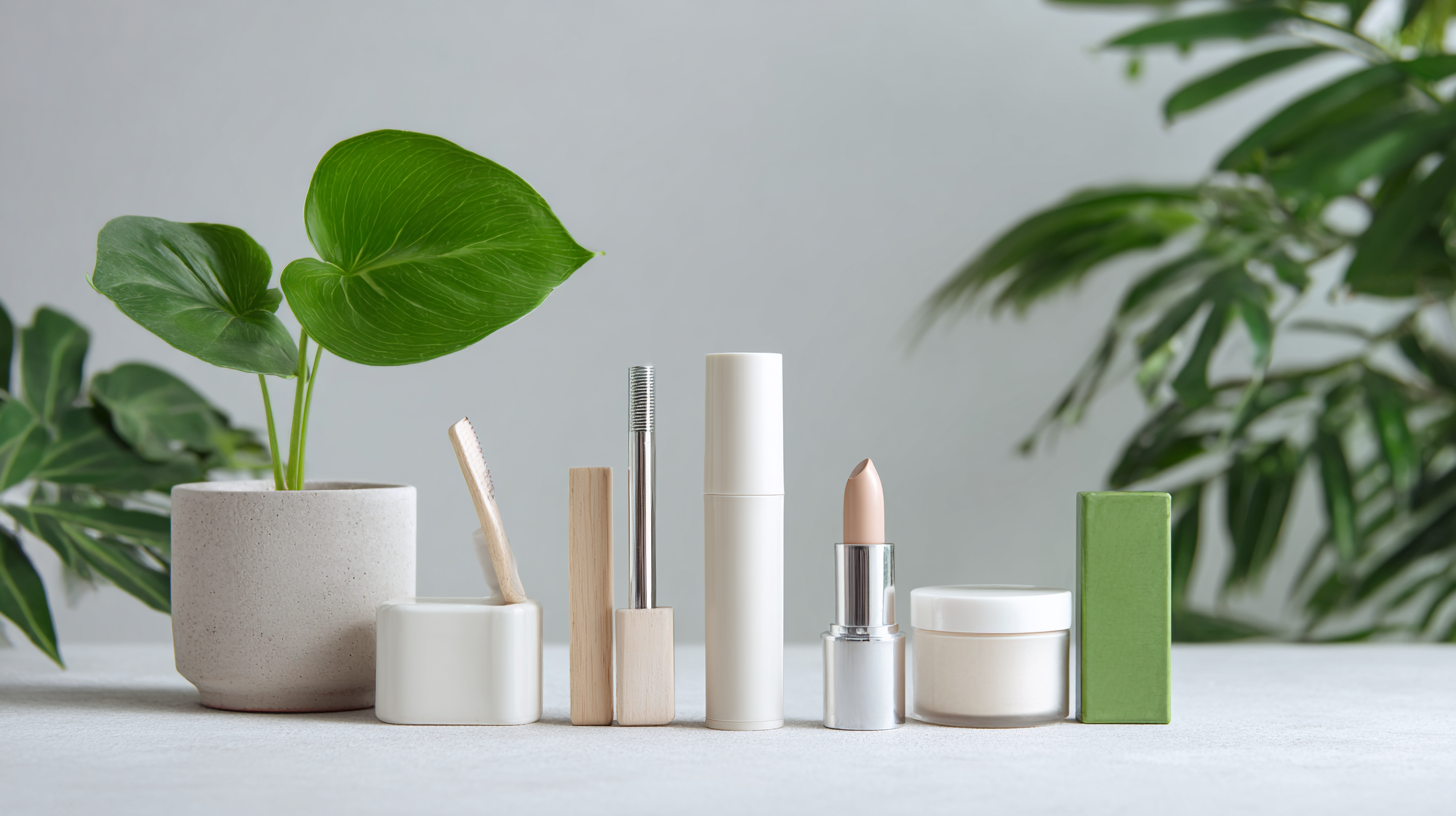
This article delves into the impact of eco-friendly packaging on the environment, exploring various sustainable options and their benefits, while also providing essential tips for brands to implement these practices effectively. By understanding the implications of adopting eco-friendly cosmetic packaging, stakeholders in the beauty sector can contribute to a greener future and inspire a shift towards more sustainable consumption patterns.
The Growing Demand for Eco-Friendly Cosmetic Packaging in the Beauty Industry
The growing demand for eco-friendly cosmetic packaging in the beauty industry reflects a significant shift towards sustainability. As per a recent analysis, the U.S. cosmetic packaging market is projected to expand to USD 3.27 billion by 2034, indicating a robust interest in cleaner, greener alternatives. The movement towards eco-friendly solutions is being driven by a rise in consumer awareness and ethical consumerism, with many brands now focusing on packaging that is not only aesthetically pleasing but also environmentally sustainable.
In Europe, the premium beauty market is expected to grow at a compound annual growth rate (CAGR) of 3.75% from 2023 to 2029, reaching $25.35 billion by 2029. This growth is largely attributed to the increasing popularity of clean beauty products, further accelerating the demand for sustainable packaging options. The global cosmetics packaging market was estimated at $47.3 billion in 2024, with projections showing an increase to $61.9 billion in the following years. As the beauty industry continues to innovate, eco-friendly packaging solutions are set to play a crucial role in shaping the future of cosmetic offerings.
Statistics on Plastic Waste and Packaging in Cosmetics: A Call for Change
The cosmetic industry significantly contributes to the global plastic waste crisis, with alarming statistics highlighting the need for change. According to recent studies, over 120 billion units of packaging are produced annually for cosmetics alone, with the vast majority being non-recyclable. This leads to millions of tons of waste entering landfills and oceans, posing a serious threat to marine life and ecosystems.
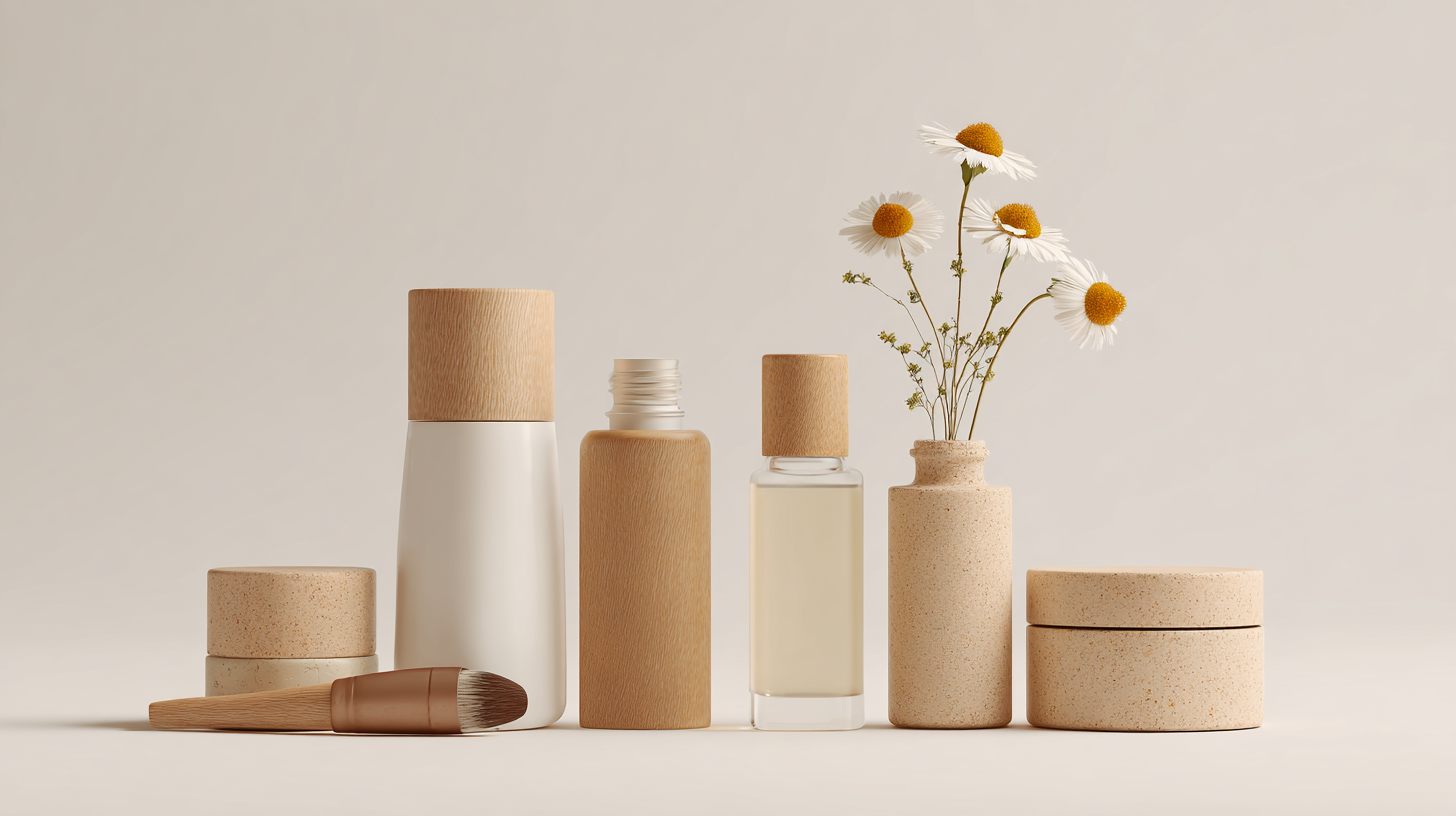 The preference for single-use plastics in packaging exacerbates this issue, as consumers often discard products without considering their environmental impact.
The preference for single-use plastics in packaging exacerbates this issue, as consumers often discard products without considering their environmental impact.
Moreover, research indicates that approximately 70% of consumers express a willingness to purchase eco-friendly packaged cosmetics, yet many brands have been slow to adapt. This gap between consumer desire and industry response underscores the urgent need for cosmetic companies to innovate their packaging solutions.
By adopting sustainable materials and practices, such as biodegradable or reusable options, the industry not only addresses plastic waste but also aligns with the growing consumer demand for environmentally conscious products. Statistics reveal that transitioning to eco-friendly packaging can reduce carbon footprints and significantly lower pollution levels, marking an essential step toward a more sustainable future for the cosmetics sector.
The Role of Recycled Materials in Reducing Environmental Impact of Cosmetic Packaging
The use of recycled materials in cosmetic packaging plays a crucial role in mitigating the environmental impact of the beauty industry. Conventional packaging often relies on non-biodegradable plastics, which contribute significantly to landfill waste and ocean pollution. By integrating recycled materials into packaging designs, companies can significantly reduce the demand for virgin resources and lower the carbon footprint associated with production processes. For instance, using post-consumer recycled plastics not only lessens waste but also reduces the energy consumption typically required to manufacture new products.
Moreover, the adoption of recycled materials signals a shift towards sustainability within the cosmetic industry. Consumers are increasingly conscious of their purchasing decisions and are likely to favor brands that prioritize eco-friendly practices. This creates an incentive for companies to invest in innovative packaging solutions that utilize recycled content, which can improve brand loyalty and market competitiveness. By emphasizing recyclable and biodegradable materials, the beauty sector can lead the way in reducing environmental degradation while simultaneously appealing to a growing demographic of eco-conscious consumers.
Impact of Eco-Friendly Cosmetic Packaging on the Environment
Consumer Preferences: The Shift Towards Sustainable Packaging Solutions
The shift towards sustainable packaging solutions reflects a significant change in consumer preferences, driven by growing environmental awareness and regulatory measures aimed at reducing single-use plastics. Across various regions, including Europe and the USA, consumers are increasingly favoring eco-friendly options, such as paper bags, in response to legislative initiatives that limit plastic use. This consumer behavior is reshaping market dynamics, pushing companies to adopt sustainable practices and materials.
Amid these shifting preferences, companies are responding to the demand for sustainability by innovating their packaging strategies. Research shows that European consumers are particularly focused on both the sustainability and affordability of packaging solutions. As the sustainable packaging sector gains traction, businesses are recognizing the importance of aligning their offerings with consumer values. This embrace of sustainable packaging not only meets regulatory requirements but also caters to an eco-conscious consumer base, positioning brands for future growth in an ever-evolving market landscape.
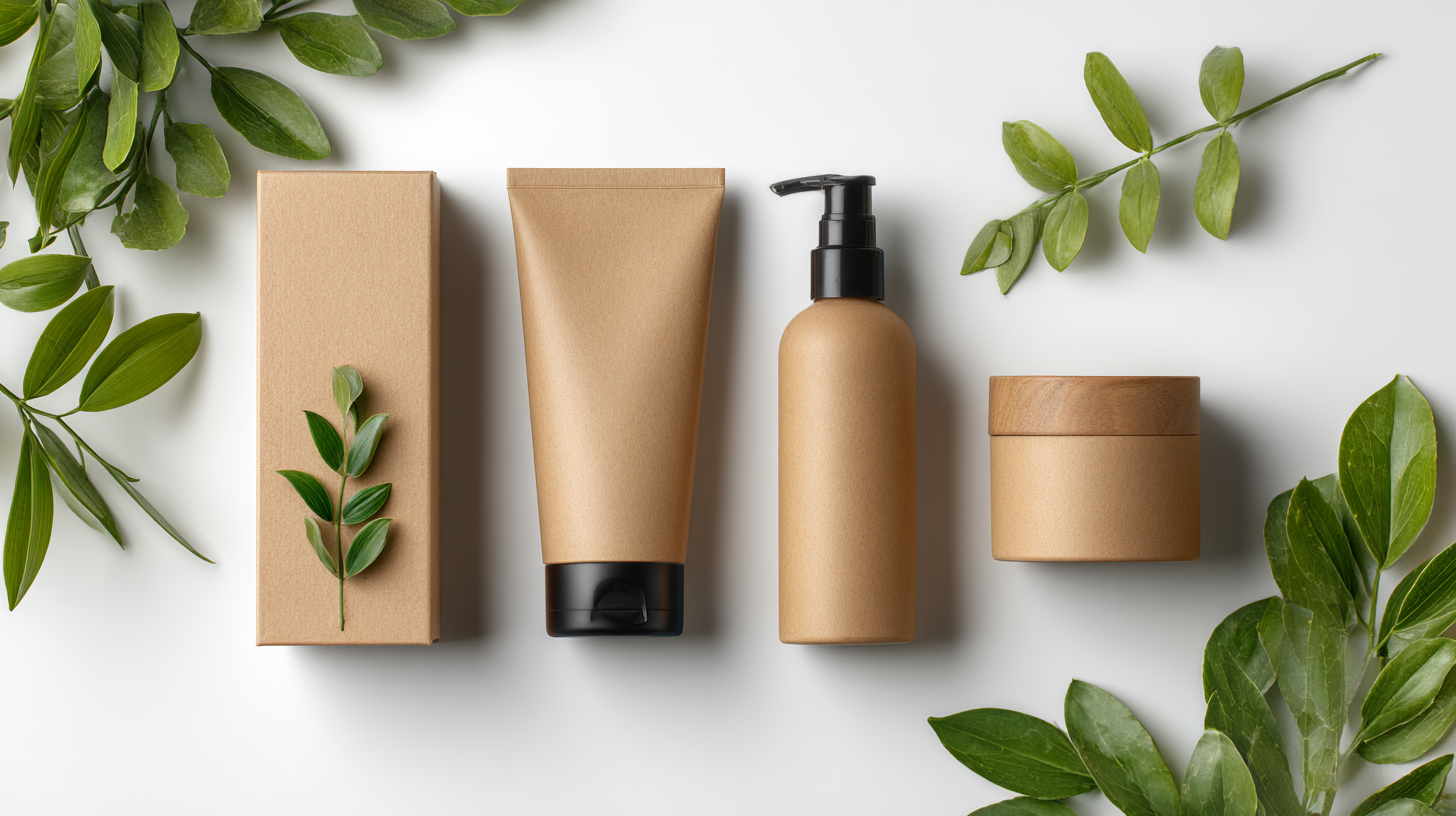
Innovative Eco-Friendly Packaging Solutions: Examples from Leading Cosmetic Brands
The beauty industry is making significant strides towards sustainability, particularly through innovative eco-friendly packaging solutions. According to a recent report by Grand View Research, the global eco-friendly packaging market is expected to reach $1 trillion by 2027, showcasing an increasing demand for sustainable materials. Leading cosmetic brands are responding to this shift by adopting biodegradable, recyclable, and refillable packaging options. For instance, brands like Lush and Aveda have implemented strategies that prioritize minimal waste production and use materials that are either post-consumer recycled or entirely compostable.
Moreover, some brands are turning to alternative materials such as sugarcane and bamboo. Notably, Biome's annual report highlights that using bamboo for cosmetic containers can reduce carbon emissions by up to 60% compared to traditional plastic materials. Companies like Kjaer Weis have introduced refillable metal compacts, setting a new standard for luxury cosmetics with a conscious approach. These innovative solutions not only reflect consumer preferences for sustainability but also contribute to a significant reduction in the cosmetic industry's environmental footprint, echoing the call for responsible consumption and production in a rapidly evolving market.
What is the Impact of Eco Friendly Cosmetic Packaging on the Environment
| Packaging Type | Material Used | Recyclability | Biodegradability | Impact on Carbon Footprint |
|---|---|---|---|---|
| Glass Containers | Recycled glass | Yes | No | Low impact |
| Bioplastics | Plant-based materials | Yes | Yes | Moderate impact |
| Recycled Paper | Post-consumer recycled paper | Yes | Yes | Low impact |
| Aluminum Tubes | Recycled aluminum | Yes | No | Moderate impact |
| Plant-Based Films | Compostable bioplastics | Yes | Yes | Low impact |
Related Posts
-

Ultimate Guide to Choosing the Right Label Tube for Your Packaging Needs
-

The Future of Squeeze Tube Lip Gloss Innovations and Trends
-
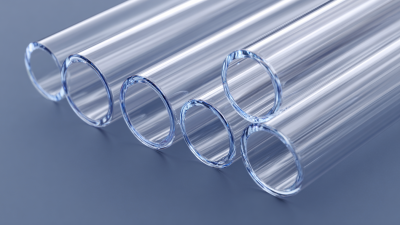
Exploring the Future of Best Plastic Tubes Technologies in 2025 and How to Leverage Them
-

7 Essential Tips to Elevate Your Beauty Game with Tube Cosmetics
-

5 Tips for Choosing the Best Lip Gloss Tubes Based on Industry Insights
-
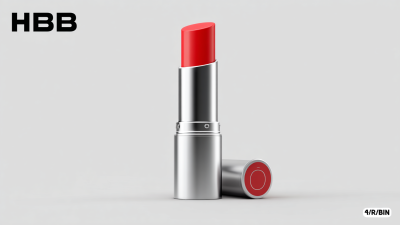
Top Criteria for Selecting Quality Manufacturers of Best Lip Balm Tubes: An Industry Perspective






